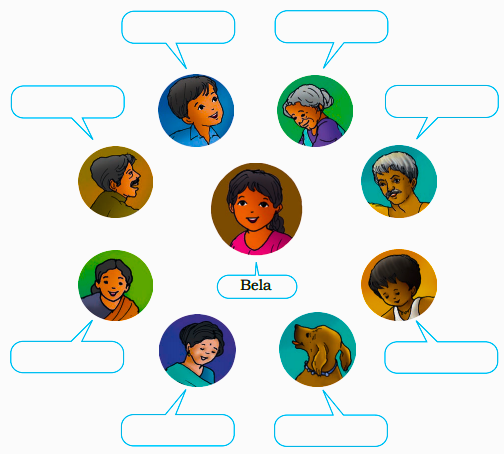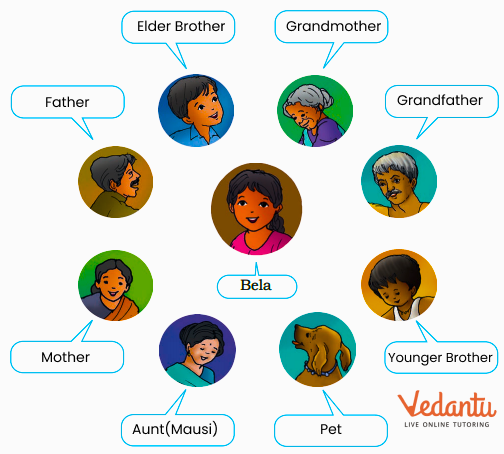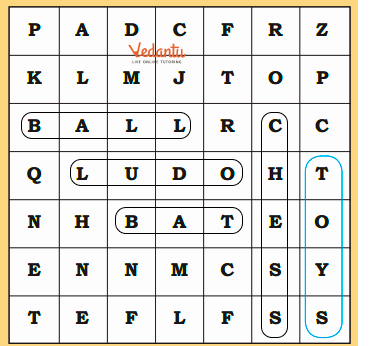NCERT Solutions for Class 3 EVS (The World Around Us) Chapter 1: Family and Friends - FREE PDF Download
FAQs on NCERT Solutions for Class 3 Evs Chapter 1 Family and Friends
1. What is the main focus of Class 3 EVS Chapter 1 Family and Friends Chapter 1 Family and Friends?
The chapter focuses on the importance of family, friendships, and social relationships, teaching the value of cooperation and care.
2. How do NCERT Solutions for Class 3 EVS Chapter 1 Family and Friends help in understanding this chapter?
The solutions provide simple explanations and clear answers, making it easier for students to understand key concepts about family and friends.
3. Are NCERT Solutions for Class 3 EVS Chapter 1 Family and Friends useful for exam preparation?
Yes, the solutions are aligned with the CBSE syllabus, making them helpful for both understanding the chapter and preparing for exams.
4. What activities are suggested in Chapter 1 Family and Friends?
The chapter encourages students to engage in activities like playing games with family members and discussing how they show love and care.
5. What values do students learn from Class 3 EVS Chapter 1 Family and Friends?
Students learn important values like kindness, respect, sharing, and responsibility towards family members and friends.
6. How do NCERT Solutions for Class 3 EVS Chapter 1 Family and Friends improve social skills?
By teaching the importance of helping and caring for others, the solutions help students develop empathy and teamwork skills.
7. How do NCERT Solutions for Class 3 EVS Chapter 1 Family and Friends help in building moral values?
The solutions explain the importance of caring, sharing, and respecting others, which helps students develop strong moral values.
8. What role does Chapter 1 Family and Friends play in a child's development?
It helps children understand family dynamics, social roles, and how to build positive relationships with others.
9. How are elders and younger family members important in EVS Chapter 1 Family and Friends?
The chapter highlights the importance of respecting and caring for elders and younger family members, promoting family bonding.
10. Why is Chapter 1 Family and Friends important in the EVS curriculum?
It helps students learn about their immediate environment—family and community—providing essential life lessons and values.





















